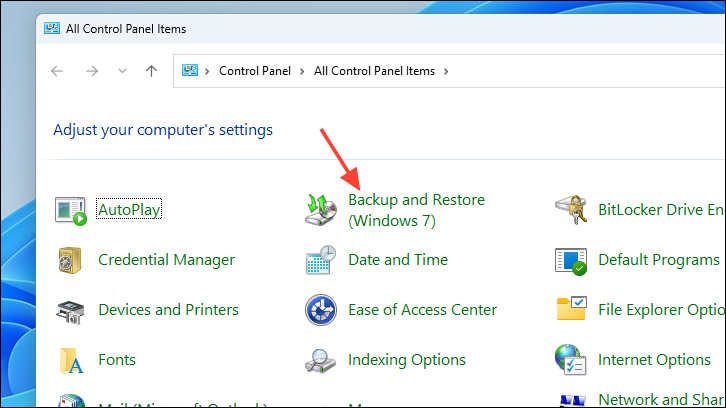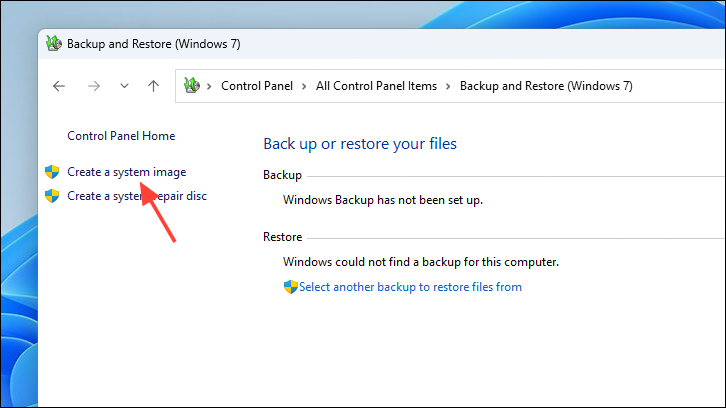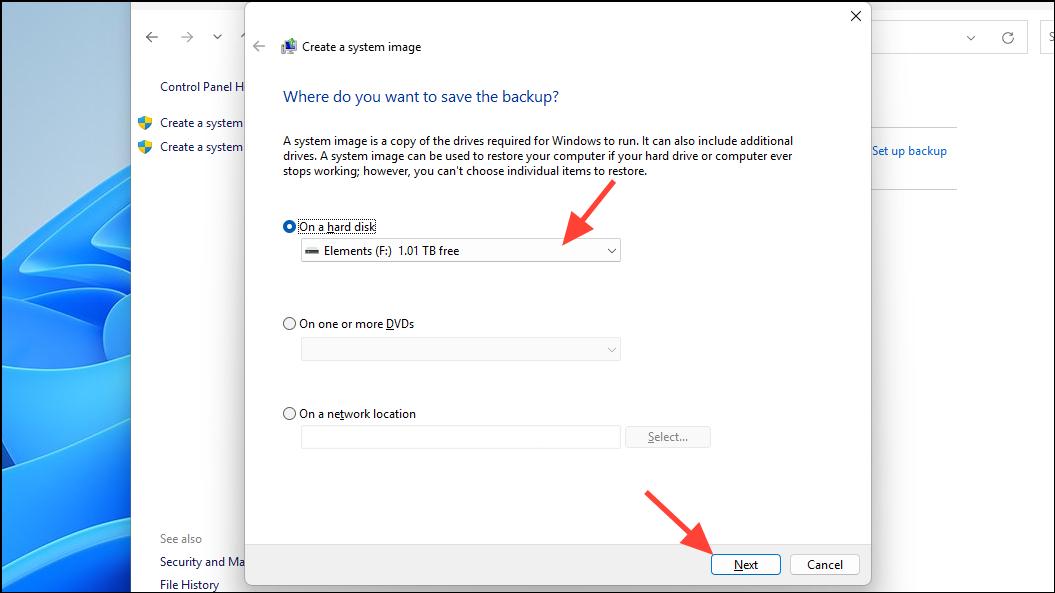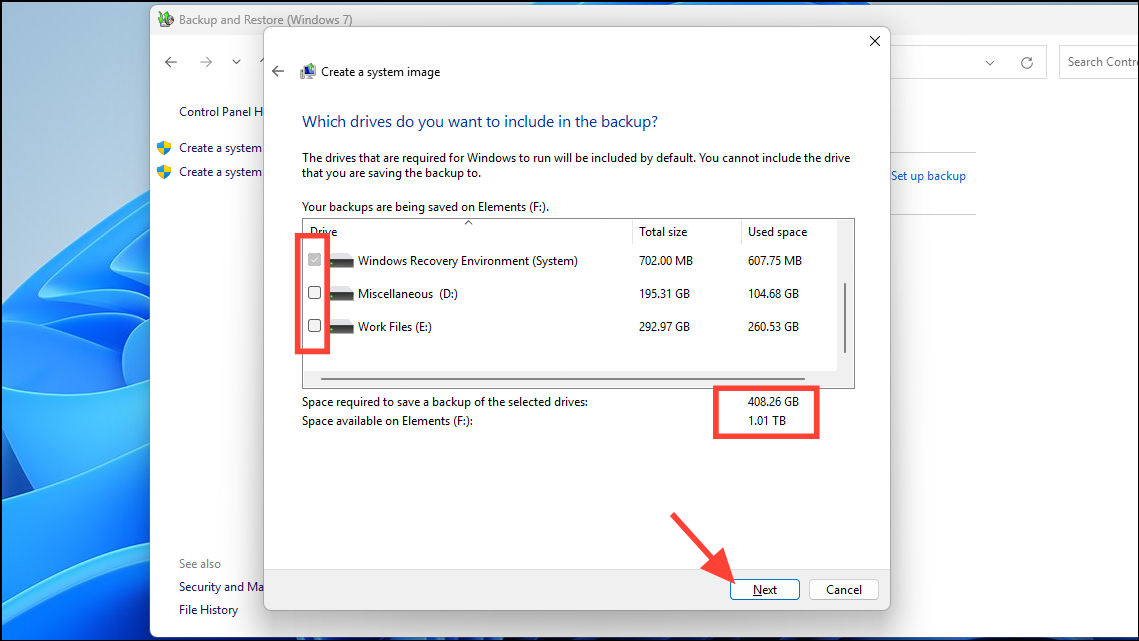Having a complete backup of your Windows 11 system is crucial for safeguarding your data and settings in case your primary drive fails or becomes corrupted. Windows 11 includes built-in tools that allow you to create a full system image of your hard drive. This system image captures your operating system, installed programs, system settings, and personal files, enabling you to restore your system exactly as it was.
A system image differs from a standard backup because it creates an exact snapshot of your system at a specific moment in time. This includes all system files, applications, and settings, which means you can quickly restore your entire system without the need to reinstall Windows or your programs. This is especially beneficial if you're planning to switch PCs, upgrade to a larger hard drive, or if your storage device starts failing.
Create a system image using the Control Panel
Step 1: Click on the Start button and type Control Panel into the search field. From the results, select the Control Panel app.

Step 2: In the Control Panel window, locate and click on Backup and Restore.

Step 3: In the Backup and Restore window, select the option Create a system image from the sidebar. A new window will open.

Step 4: In the new window, choose the On a hard disk option. Use the dropdown menu to select the destination drive where you want to save the system image. Click Next to continue.

Step 5: Select any additional drives you want to include in the system image. By default, the drive containing your operating system is already selected. You can view the total size of the backup and the available space on the destination drive. After confirming your selections, click Next.

Step 6: Review the confirmation details to ensure all the correct drives are included in the backup. When you're ready, click Start backup to begin the process.

After the backup completes, a folder named WindowsImageBackup will be created at the destination you specified. This folder contains the system image, which you can use to restore your PC if needed.
Maintaining a system image backup is as important as having a recovery drive or creating system restore points. It enables you to restore your entire system swiftly, minimizing downtime and ensuring that your computer is back to its exact previous state.











Member discussion